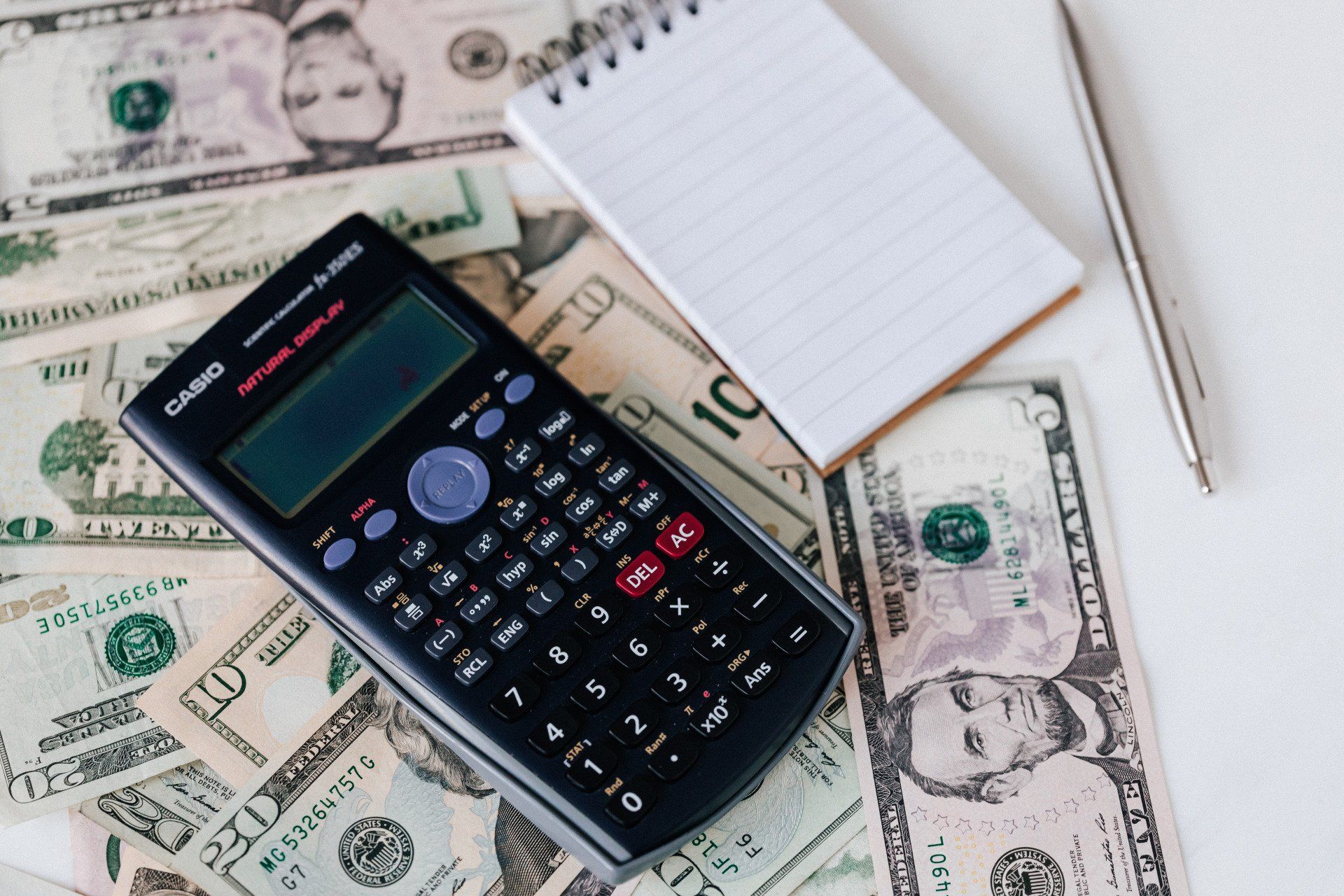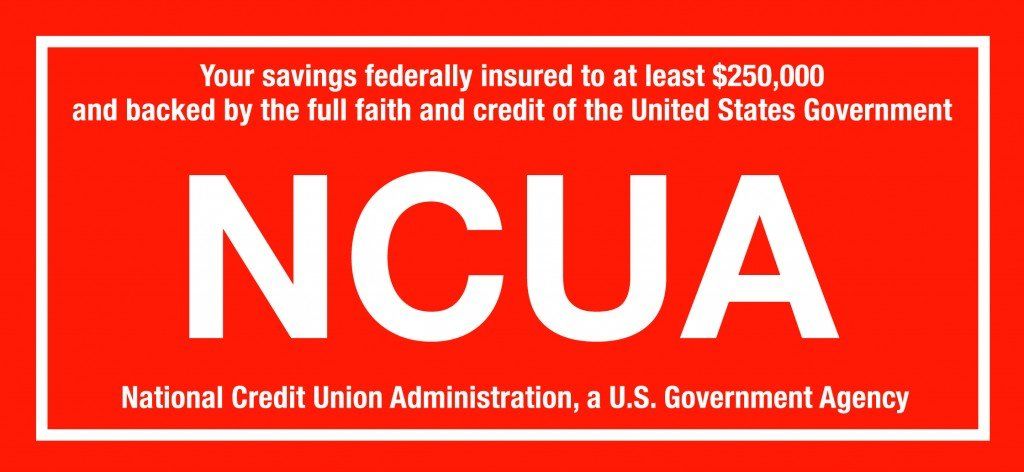All About Credit Card Interest

The best way to avoid credit card interest...
The best way to avoid credit card interest is to pay off your balance, in full, at the end of every month. Unfortunately, that isn't always possible, and it is also not always that easy. Learning all the ins and outs of credit card interest is your best bet in avoiding paying more than you have to.
What Is Interest?
Interest is a fee that you are charged for the privilege of borrowing money from a credit card company. Often referred to APR (Annual Percentage Rate), interest is calculated usually on a daily basis and then charged monthly at the end of every billing cycle. There can be many types of interest when dealing with credit cards, so it is important to read your terms and conditions carefully. Purchase APR refers to the interest you will pay on purchases you make, where as cash advance APR is a separate interest rate attached to all cash advance transactions done with your credit card. There can also be a introductory or promotional APR, which is an interest rate offered to customers for a pre-determined period of time (usually a zero or very low APR for a short period of time). With these types of cards there may be special conditions where this APR only applies to balance transfers, where on another credit card, these transfers carry their own special interest rate altogether.
How Is Interest Calculated?
If your APR is %17.99, then:
17.99 ÷ 365 = 0.04928 =%0.049 per day
Given that information, if your balance at the end of Day 1 of your billing cycle is $600, then the additional interest accrued for that day would be $0.29 (600 x 0.049= 0.29), so your total balance at the end of day 1 is $600.29.
These cents add up.....
At the end of every billing cycle, all of this daily interest is totaled and billed to you. Any amount that you don't pay will carry over to the following period, including any unpaid interest. That means next month, you will be paying on the interest from last month as well as any carried over balance, and this month's interest. You can see how this can get out of hand pretty quickly? The only way to avoid paying interest is to pay your balance in full before the end of each billing cycle.
I paid my balance but there was still interest, why?
As an example, your bill is due August 15th, and your balance due is $350. You paid $50, but carried into the next cycle a balance of $300. On August 30th, you paid your $300 balance in full, but at the end of that billing period, you notice an interest charge. What happened? This is called residual interest.
If your APR is %17.99, then:
17.99 ÷ 365 = 0.04928 =%0.049 per day
Your balance of $300 was there for 16 days.
$300 (balance) x .049 (daily interest)= $0.15 (added to balance per day)
Interest accrued over 16 days = $2.40
This example alone shows the importance of paying off the entire balance on or before the cycle due date. Although the charge is small, it can be easily avoided.
A final note on credit card interest...
It is always valuable to get to know the terms and conditions of your credit card. As we discussed in a previous blog, there can be multiple interest rates for different types of transactions, so knowing how much of your balance is comprised of different types of purchases is important to anticipating what you may pay in interest. Balance transfers, cash advances, and even a late payment can change the amount of interest you will be paying on your card, so know before you spend!

